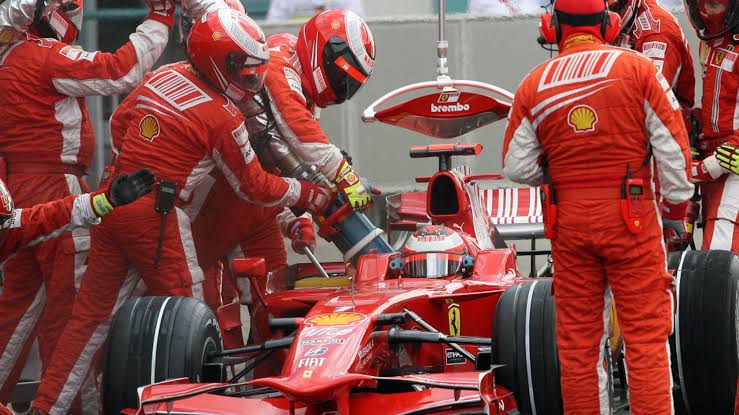
For years, whispers have echoed through the paddock about Mercedes’ uncanny ability to maintain pace under pressure, but fresh leaks—allegedly from within the FIA—have ignited a firestorm. Confidential documents, never meant to see daylight, reportedly detail a subtle yet devastating advantage built into the team’s design philosophy. While officials scramble to discredit the leaks, the murmurs have already metastasized into a full-blown conspiracy narrative.
According to the files, the supposed “advantage” was masked behind complex engineering terminology and routine regulatory approvals, passing through inspection without raising alarms. It allegedly revolved around a unique manipulation of energy recovery systems that could yield fractional gains per lap—small enough to evade detection, yet monumental over the course of a season. This revelation threatens to fracture the fragile trust between the FIA, the teams, and the fans.
The leak’s origin remains a mystery, though insiders suspect a disgruntled former staffer with both technical knowledge and an appetite for chaos. Mercedes, for its part, has issued a brief and cold denial, dismissing the reports as “fabricated nonsense.” Yet, their silence on the specific technical points raised in the leak has only fueled speculation among rival camps.
Paddock reactions have been split along predictable lines—Ferrari and Red Bull factions seizing on the claims as vindication for past grievances, while Mercedes allies dismiss them as a smear timed to destabilize the reigning giants. Social media, meanwhile, has transformed into a digital Colosseum, where conspiracy theorists and defenders wage narrative war in real time.
If proven true, this scandal could rewrite recent F1 history, potentially calling into question championship outcomes and driver legacies. For now, it remains a volatile mix of fact, rumor, and well-timed leaks—a story perfectly engineered to keep the motorsport world in a state of breathless suspense.



